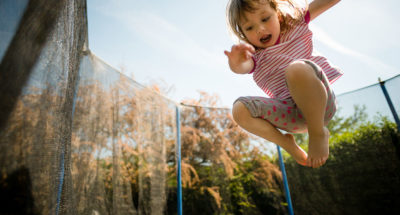
Appreciating Our Bodies: A Body Scan with Gratitude
Students practice a mindful body scan and experience a sense of gratitude for all that their bodies allow them to do.

Students practice a mindful body scan and experience a sense of gratitude for all that their bodies allow them to do.
Students will:
“Nurturing Gratitude From the Inside Out: 30 Activities for Grades K–8” was originally developed by The Inner Resilience Program, in partnership with the Greater Good Science Center and the John Templeton Foundation.
For the entire curriculum, click here.
While research on the effectiveness of mindfulness programs in schools is still in the early stages, studies have found that mindfulness may reduce stress in students, increase their well-being, and improve their attention and executive functioning.
Children face numerous stressors everyday, from school, home, and society, which can negatively impact their learning and development. Teaching students a practice that directly addresses these stressors in their bodies can ultimately help them to manage their own stress, improving both their academic achievement and personal well-being.

Do you want to dive deeper into the science behind our GGIE practices? Enroll in one of our online courses for educators!
Comments